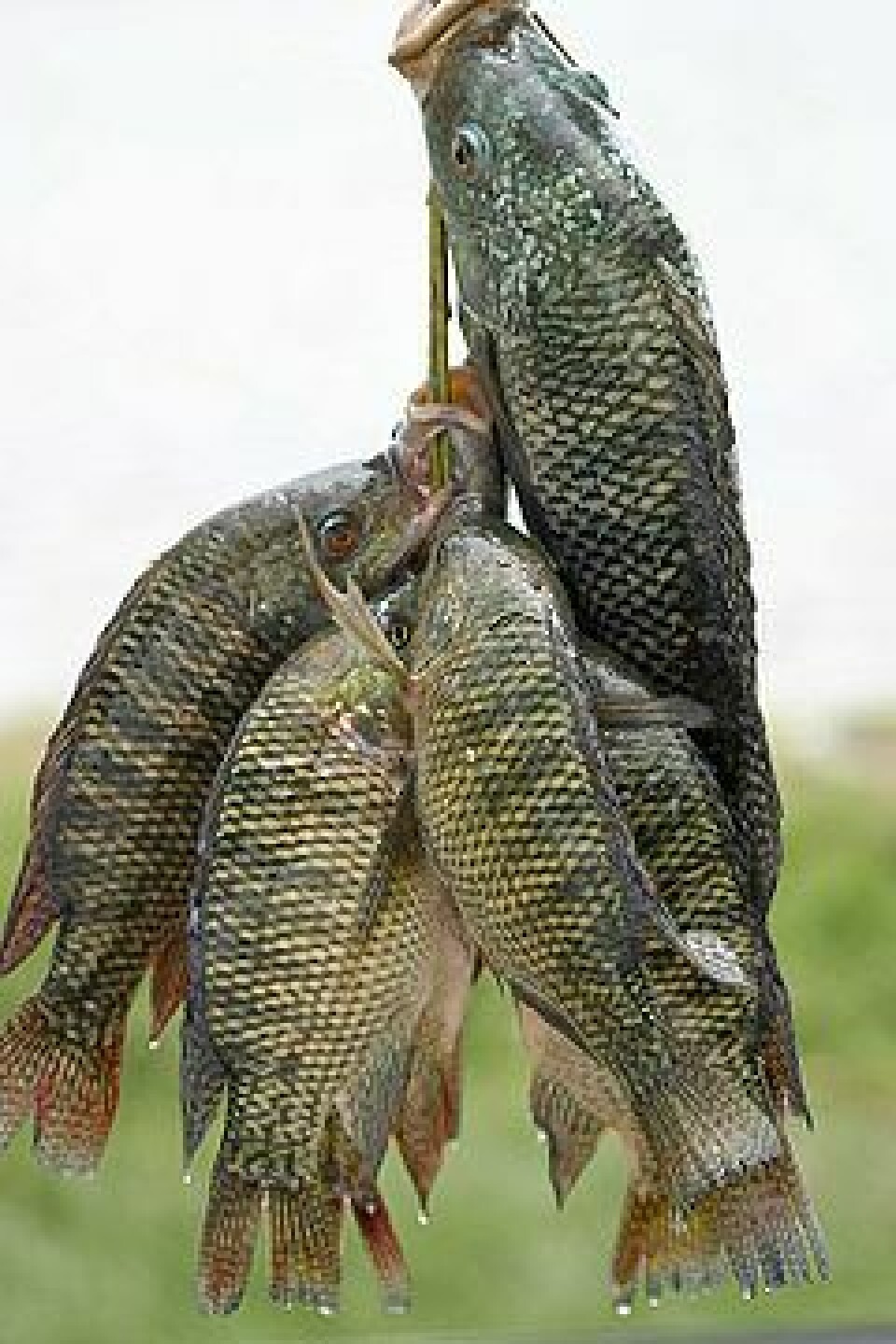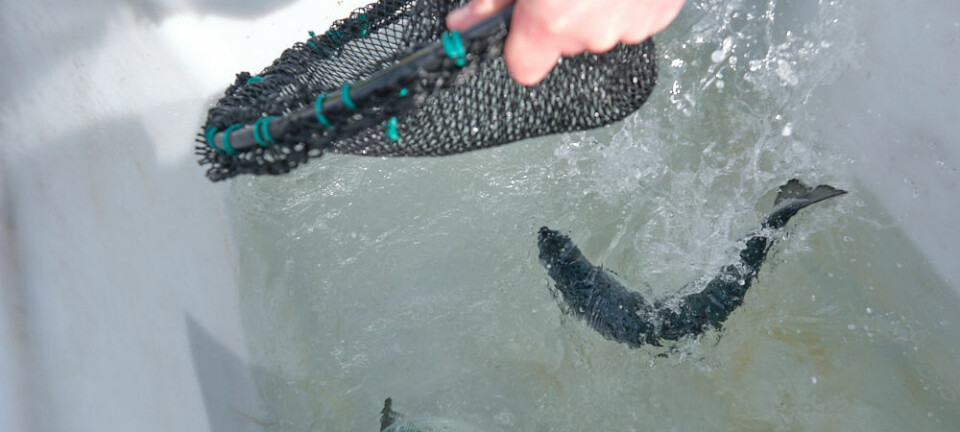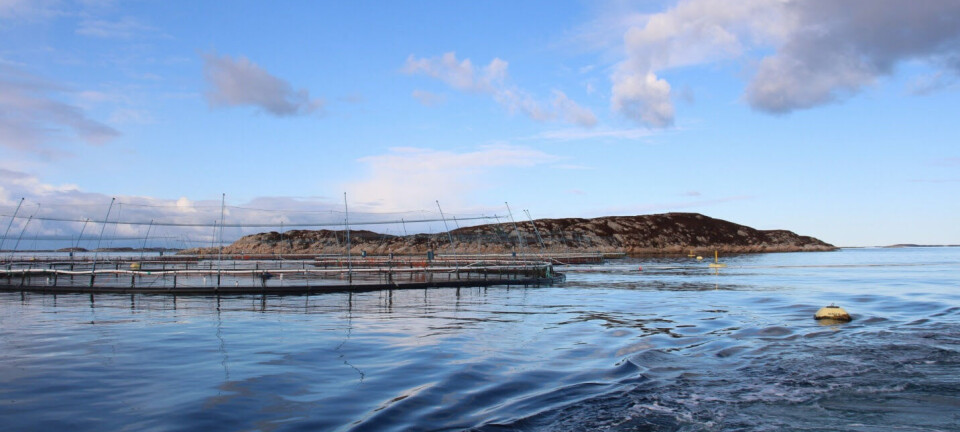
Tilapia moving up as the preferred fish for Pacific freshwater aquaculture
With tilapia imports to a country like the United States at levels exceeding 170,000 metric tonnes (2007), and exports from China after domestic consumption in the same year of some 210,000 tonnes, it is clear that this fish is a major factor in world aquaculture, as described in this article in the Saipan Tribune;
Representatives from the Pacific last week heard from international experts that fish farming of tilapia-the “aquatic chicken”-has reached incredible levels approaching 3 million tons and $5 billion in sales annually worldwide. The statement was made at a meeting in Noumea organized by the Secretariat of the Pacific Community's Aquaculture Program. In the United States, tilapia is among the top five seafoods sold. Its firm, white, mildly flavored fillets have been successfully marketed for home cooking or fine restaurant dining as having “not unlike the culinary versatility of chicken,” according to Professor Kevin Fitzsimmons, former president of the American Tilapia Association. Although all tilapia species originate from Africa, most farmed tilapia are produced in China and other Asian countries along with Egypt and the Americas. Despite its increasing popularity, however, the price paid to farmers has stayed the same while production costs, such as for feed, have risen. This is a worrying trend, warned Professor Sena De Silva, director general of the Network of Aquaculture Centers in Asia-Pacific. In comparison, tilapia output from the Pacific region is negligible. In 2007, the region harvested only around 300 tons of farmed Nile tilapia (Oreochromis niloticus), mostly from Fiji. There has since been rapid uptake of the opportunity. Paul Ryan farms red hybrid tilapia in Vanuatu and sells up to 2.5 tons a week. He is already planning to increase this amount. The most dramatic trend is seen in Papua New Guinea with its large inland population. According to Peter Minimulu of the National Fisheries Authority, there are around 20,000 fish farmers now estimated to be producing 10,000 tons of fish annually. (Previously, there was a scarcity of data for PNG tilapia production.) Unfortunately for aquaculture prospects, the main species of tilapia found in the Pacific region is the Mozambique tilapia (Oreochromis mossambicus). The stock originating from the small handful of adult fish introduced 60 years ago “has lost most of its exploitable levels of genetic variation and so is unlikely to respond positively to any stock improvement program,” according to Professor Mather, a geneticist based at Queensland University of Technology. Moreover, Mozambique tilapia is now widespread and associated with declines in native species, said Aaron Jenkins from Wetlands International. An SPC Aquaculture Expert Consultation, Future directions for tilapia in the Pacific, was held at SPC headquarters in Noumea intil Friday last week. Over the final two days, participants heard about developments emerging from Africa and Central America. The objective is to seek regional direction to support sustainable and profitable farming of tilapia in Pacific Island countries and territories.






















































